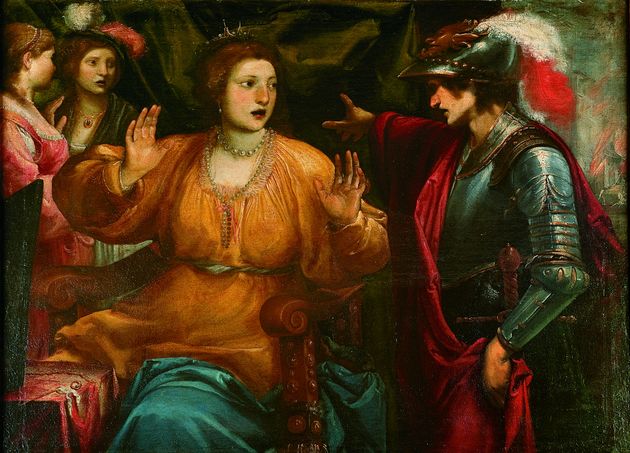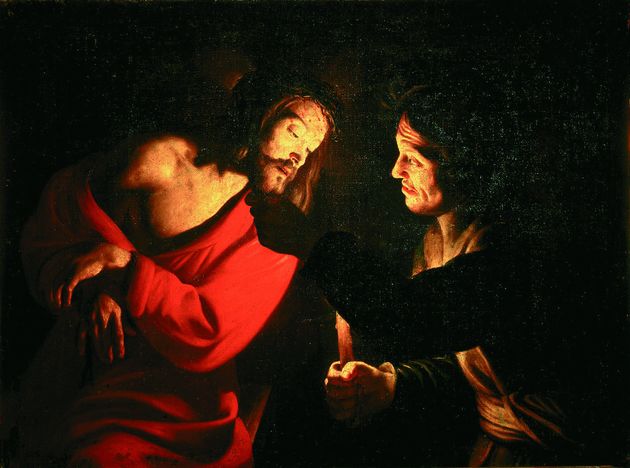This big oil on canvas is a typical composition by the great Mattia Preti, known as Il Cavalier Calabrese (The Calabrian Knight) for his origin and the titles earned during the years of his work in Rome. In a small space the artist constructs an intricate, densely-packed scene animated with a strong dramatic sense, in which the marked luminism carves out the main features while allowing the viewer to enjoy the rich network of figures which only just emerge from the half-light, but which are necessary to support the story.
The subject of the repudiation of Agar and Ishmael by Abraham, urged on by his wife Sara who is now confident of maintaining the lineage with Isaac, was proposed several times by Preti, also in fairly similar forms. The Prato composition appears however as the richest and most-carefully worked-out of the series, and the substantial variants rule out the possibility of its being a workshop copy (even if the intervention of the artist’s collaborators cannot be excluded). The figure of Agar, the idea for which was often re-proposed by Mattia Preti also in paintings of a different subject, is certainly the most successful part of the composition, her dynamism and plasticity making her seem sculpted with light and colour.
In the Museum’s collection there are other works of the Caravaggesque school: Noli me Tangere by Batistello Caracciolo, the Semiramis by Cecco Bravo and the The Good Samaritan by Nicola Malinconico.






























